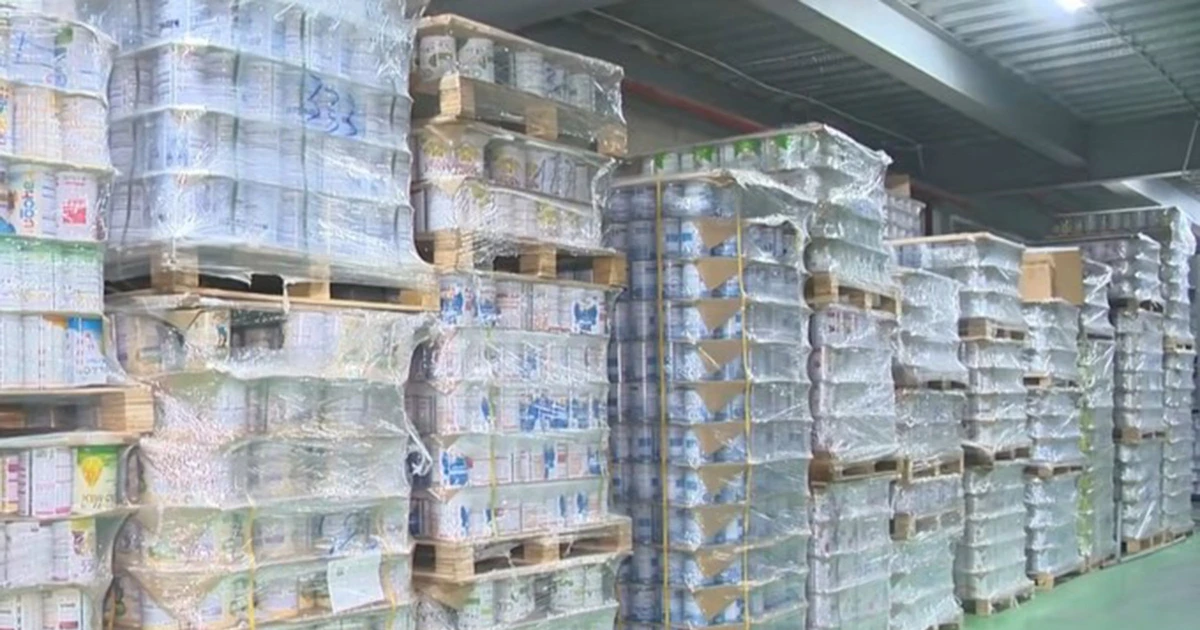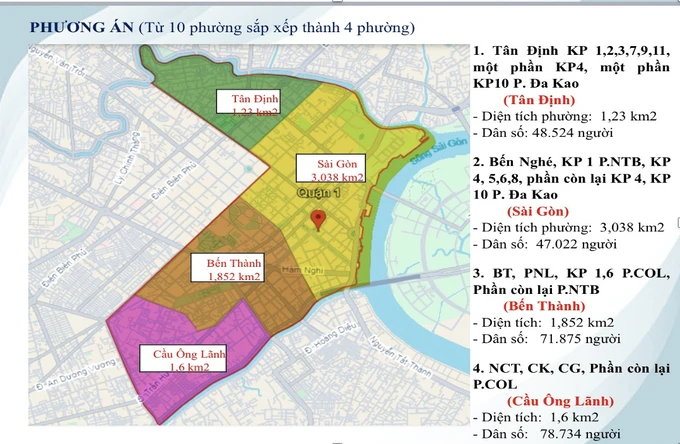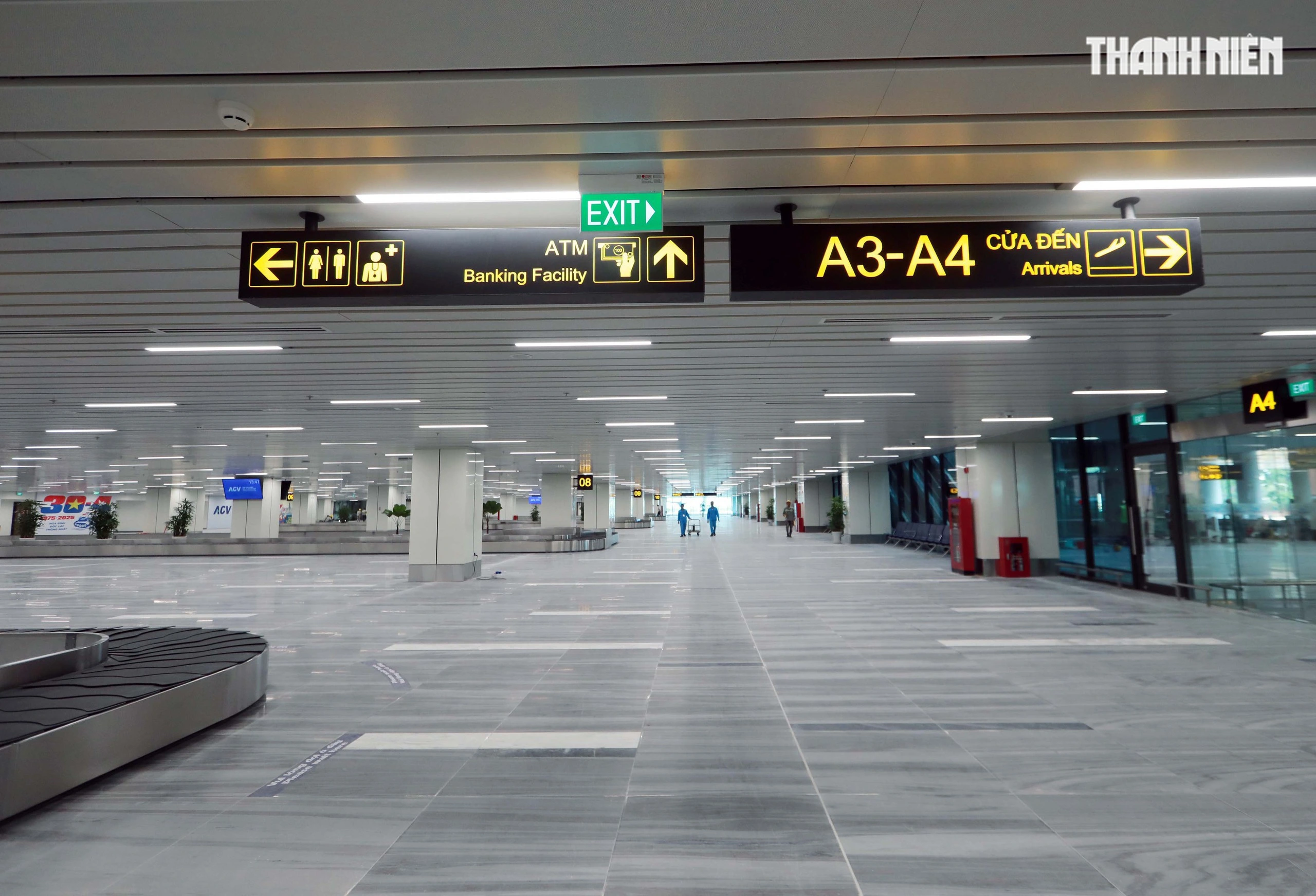Specifically: For hospitals of level 3 or higher: complete before December 31, 2022. For other medical facilities, complete before June 30, 2023.

Hard-to-read handwritten prescriptions that can easily cause confusion are easily overcome when implementing electronic prescriptions.
PHOTO: BAO CAM
According to regulations of the Ministry of Health, the Department of Medical Examination and Treatment Management is responsible for presiding over and coordinating with units to issue identification codes for medical examination and treatment facilities and practitioner codes for subjects under its management authority through the National Prescription System. The Department of Drug Administration is responsible for ensuring connection between the national pharmaceutical database system and the national prescription system; directing and guiding drug retail establishments and pharmaceutical practitioners to implement. Medical examination and treatment facilities are responsible for sending electronic prescriptions to the national prescription system immediately after completing the medical examination and treatment process for outpatients; and before the patient is discharged from the hospital, for inpatients.
According to the Vietnam Medical Informatics Association, the implementation of electronic prescriptions and national prescription linkage has not yet been implemented as required. By the end of 2024, more than 70,000 drug retail establishments have been granted drug supply connection accounts, reaching 97%, but about 20% have not yet updated information into the national prescription system. The number of medical examination and treatment establishments granted codes (by the end of 2024) is more than 19,800 establishments out of a total of nearly 55,000 establishments. Of the more than 19,800 medical examination and treatment establishments granted codes, about 30% have not yet connected to the national prescription. For medical stations, this rate is lower, about more than 50% have implemented prescription linkage according to regulations, out of a total of more than 11,000 medical stations nationwide.
Among central hospitals, many hospitals have not yet connected to national prescriptions. Regarding private healthcare, there are about 47,546 registered facilities nationwide (by the end of 2024), but most of them have not yet connected to national prescriptions.
According to a report by a leading hospital under the Ministry of Health, in 2024, at this hospital, there were an average of 480 cases of difficult-to-treat multi-resistant Gram-positive bacterial infections (A. baumannii; Klebsiella Pseudomonas); about 200 cases of drug-resistant Gram+ bacterial infections per month. In addition, there were many cases of multi-resistant bacterial infections that were not identified by microbiological culture. The situation of buying and selling drugs; using prescription drugs and antibiotics without a doctor's prescription is one of the causes of drug resistance and antibiotic resistance.
Experts from the Vietnam Medical Informatics Association said that electronic prescriptions and national prescription linkages help to clarify drug indications, and are especially useful for safe prescriptions, because electronic prescriptions help to warn of duplicate active ingredients and harmful interactions. At the same time, they avoid the risk of confusion when purchasing and using drugs, in case the handwritten prescription has errors or the handwriting is difficult to read.
Source: https://thanhnien.vn/cham-trien-khai-lien-thong-don-thuoc-quoc-gia-185250409182421209.htm




![[Photo] Prime Minister Pham Minh Chinh receives Mr. Jefferey Perlman, CEO of Warburg Pincus Group (USA)](https://vstatic.vietnam.vn/vietnam/resource/IMAGE/2025/4/18/c37781eeb50342f09d8fe6841db2426c)
![[UPDATE] April 30th parade rehearsal on Le Duan street in front of Independence Palace](https://vstatic.vietnam.vn/vietnam/resource/IMAGE/2025/4/18/8f2604c6bc5648d4b918bd6867d08396)
























































































Comment (0)